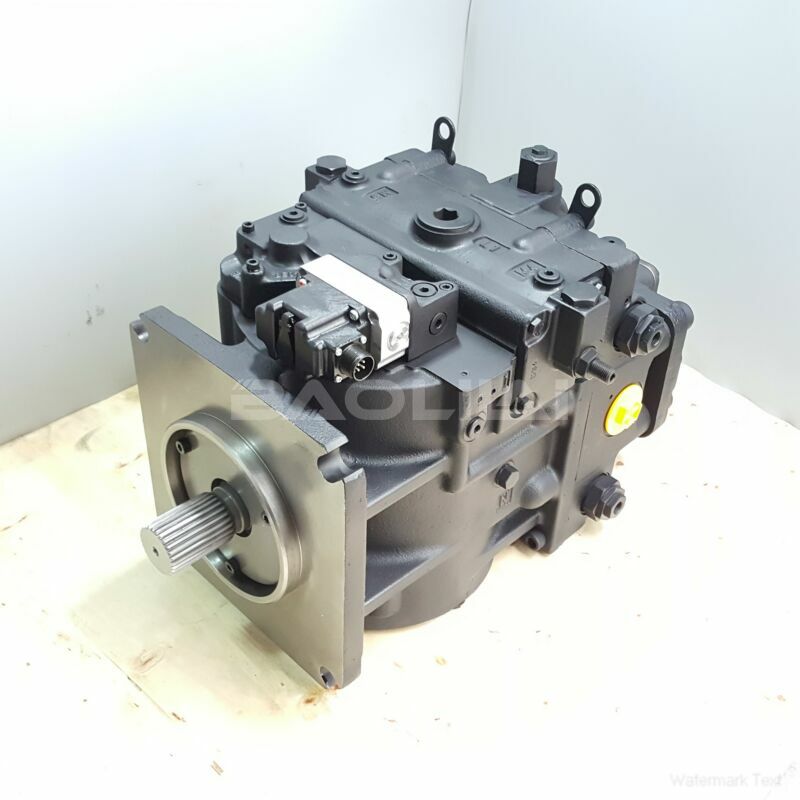90R075HS1NN60S3S1D03GBA353520 piston pump
90R075HS1NN60S3S1D03GBA353520 piston pump

- Product Details
- Applicable Scene
Hydraulic pumps play a crucial role in water distribution systems, serving as the heartbeat of infrastructure that ensures reliable access to safe and clean water. These pumps are designed to convert mechanical energy into hydraulic energy, facilitating the movement of water through pipelines while maintaining the required pressure levels for effective distribution.
90-R-075-HS-1-NN-60-S-3-S1-D-03-GBA-35-35-20
90R075HS1NN60S3S1D03GBA353520
At the core of every water distribution system lies a network of hydraulic pumps that are strategically placed to optimize flow and ensure efficient delivery. These pumps come in various types, including positive displacement pumps and centrifugal pumps, each with unique characteristics suited for different applications. Positive displacement pumps are known for their ability to deliver a consistent flow rate, making them ideal for systems requiring precise control over water distribution. On the other hand, centrifugal pumps are widely used due to their high efficiency and ability to handle large volumes of water, which is essential for municipal water supplies.

83021829
The integration of hydraulic pumps within water distribution systems is not merely about moving water; it is about managing pressure and ensuring that water reaches every household, facility, and fire hydrant without interruption. Pressure management is vital, as it prevents issues such as pipe ruptures and leaks while also ensuring that adequate flow rates are maintained. Advanced pump stations often utilize variable frequency drives (VFDs) to adjust pump speed based on real-time demand, enhancing system responsiveness and energy efficiency.
Another important aspect of hydraulic pumps in water distribution is their role in sustainability and energy conservation. With growing concerns about climate change and resource management, many municipalities are turning to more energy-efficient pumping solutions. Innovative designs, such as submersible pumps and solar-powered pumping systems, are emerging as viable alternatives that reduce energy consumption and lower operational costs. The integration of smart technology, including sensors and automated control systems, also allows for better monitoring and management of water systems, further promoting efficiency.





